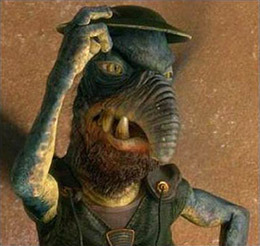Post by Ulios on Jan 18, 2023 3:59:04 GMT

The earliest known version was published in Samuel Arnold's Juvenile Amusements in 1797 with the lyrics:
Humpty Dumpty sat on a wall,
Humpty Dumpty had a great fall.
Four-score Men and Four-score more,
Could not make Humpty Dumpty where he was before.
Humpty Dumpty had a great fall.
Four-score Men and Four-score more,
Could not make Humpty Dumpty where he was before.
It was published again in 1810 in a version of Gammer Gurton's Garland.
Humpty Dumpty sate on a wall,
Humpti Dumpti had a great fall;
Threescore men and threescore more,
Cannot place Humpty dumpty as he was before.
Humpti Dumpti had a great fall;
Threescore men and threescore more,
Cannot place Humpty dumpty as he was before.
In 1842, James Orchard Halliwell published a collected version as:
Humpty Dumpty lay in a beck.
With all his sinews around his neck;
Forty Doctors and forty wrights
Couldn't put Humpty Dumpty to rights!
With all his sinews around his neck;
Forty Doctors and forty wrights
Couldn't put Humpty Dumpty to rights!
The term Humpti Dumpti also meant a short clumsy person in general slang.
Why does everyone think that Humpty is an egg.
Humpty Dumpty appears in Lewis Carroll's Through the Looking-Glass (1871), a sequel to Alice in Wonderland from six years prior. Alice remarks that Humpty is "exactly like an egg," which Humpty finds to be "very provoking" in the looking-glass world. Alice clarifies that she said he looks like an egg, not that he is one.
The reality is:
Humpty Dumpty was the name of a cannon used by English Royalists in the English Civil War of 1642-1649.
During the war, Royalists placed several cannons on walls surrounding the city of Colchester. In 1648, while under siege, an enemy’s cannonball blew apart the wall upon which Humpty Dumpty sat, sending it tumbling to the ground. The cannon, a formidable weapon, was beyond repair.
